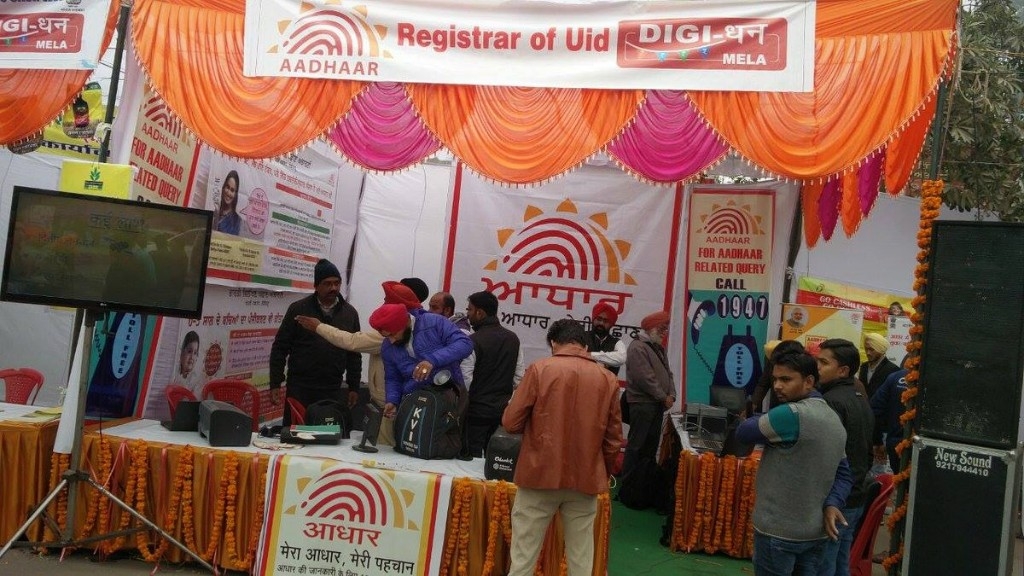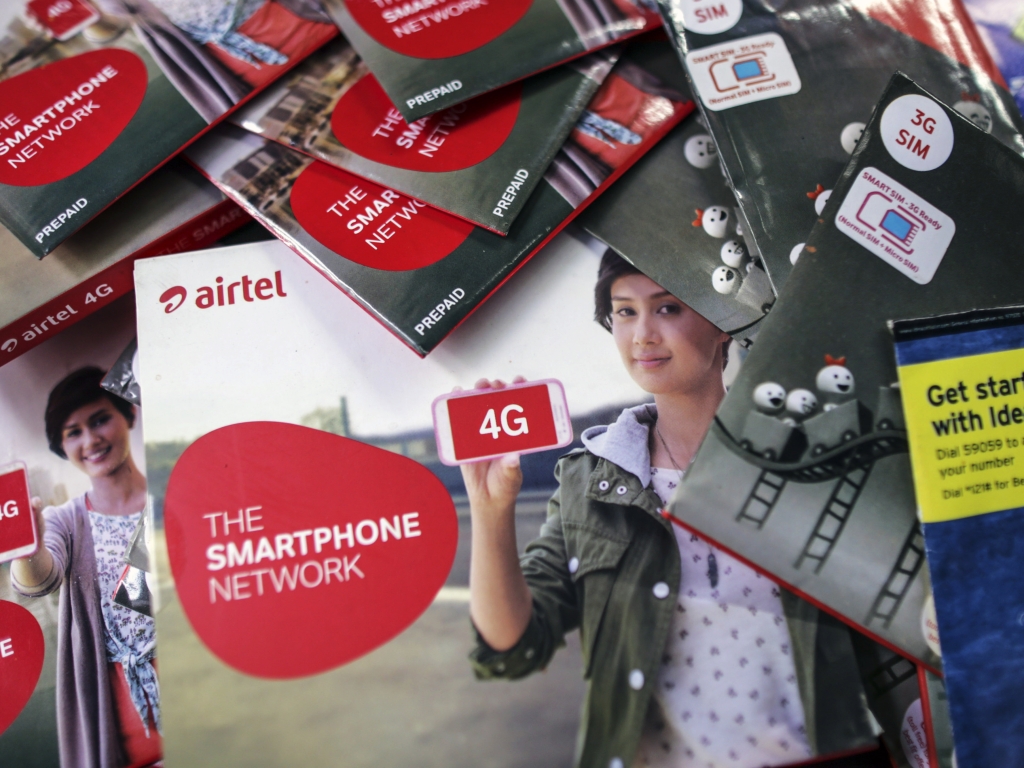The Gazette Of India And The Aadhaar Paradox
BloombergQuintOpinion
Abhimanyu Radhakrishnan @abhi2point0
23 January 2018, 5:36 PM23 January 2018, 5:36 PM
I owe my initial break in the media business indirectly to my father’s ‘gazetted officer’ status. It was 2002 and a family friend asked for a favour on behalf of his friend, a senior television industry honcho who was moving to London. The United Kingdom-bound executive needed to get his infant child’s nanny a passport and it was proving to be a struggle to obtain the ‘letter from gazetted officer’. Most people would rightly have been wary of giving such approvals given the human trafficking cases and disappearances rampant via this route, but since the reference came from a trustworthy person, dad decided to oblige. Now ‘oblige’ here didn’t mean just signing off on a letter. It meant taking the next logical step of visiting the executive’s residence (where the nanny lived) and meeting both of them to convince himself of the legitimateness of the entire exercise. Over a cup of tea, the polite conversation veered towards family and dad casually mentioned a recently graduated son interested in a news media career. The executive, as a gesture of gratitude, was quick to offer the mobile number of his industry peer who happened to head a new business TV channel. Back in those days, CEOs actually picked up phone calls from unknown numbers and after a quick follow-up email to HR with CV, yours truly had a foot in the door with an (unpaid) internship.
One might point out that this could be construed as a potential situation for quid pro quo and it’s true that there’s a fine line — but making sure you were on the right side of that line was the entire point.
The government’s ‘trust architecture’ was based on this principle that a certain cadre of official, with a certain rank — usually linked to the number of years served — could be trusted to use his official seal honestly.
Verifying credentials in person, using one’s discretion (that these credentials were legitimate) and ideally, making a counter-record in one’s own ledger were all part of the fairly rigorous process. However, it was clear that this colonial-era administrative procedure would wilt as demand for such documents exploded with populations and development. The most obvious problem was that practically no human being could keep real-time track of the voluminous Gazette of India, (printed weekly) and nowhere did there seem to be a consolidated directory of every gazetted rank and position. In fact, it was well after the easy availability of tools of forgery (rubber stamps, scanners, and printers) that official notices started insisting that such letters be on official letterheads and mention official addresses and phone numbers. This system was designed after all, in an era in which all gazetted officers in government service probably knew each other — a woefully outdated assumption for decades now.
This is precisely the kind of antiquated system that Aadhaar, in theory, was supposed to be an answer to. The epic mess that’s been playing out over the past few weeks in particular, however, points to a very fundamental issue with the project.
If your premise is that most people are inherently corrupt and can’t be trusted with authentication, how can you expect those same people to deploy this system?
As technologist and activist Kiran Jonnalagadda — whose criticism amongst others is finding its way into the ongoing Supreme Courts hearings on the project — nicely put it in a long and detailed critique: the system assumes you are the potential perpetrator of fraud and not the state apparatus.
This assumption has been smashed to smithereens by the complete collapse of two systems on the administrative back-end. The first is the outsourced enrollment system which the Unique Identification Authority of India has now shut down after blacklisting nearly 50,000 enrollment agencies and operators.
The shocking technical ‘fail’ there was that these were users with administrator rights, i.e. those admins could, in turn, create more users with administrator rights.
 Aadhaar Seva kendra. (Source: Aadhaar Official Account/Facebook)
Aadhaar Seva kendra. (Source: Aadhaar Official Account/Facebook) Also Read: Is Aadhaar Likely To Pass The Privacy Test?
Anybody who has even used simple collaborative software like Google Docs would notice a basic option when giving people editing rights that says “allow editors to give others editing rights”. What’s more disturbing is that in the First Information Report application provided by the UIDAI, there are no details of the time or internet protocol address of the unauthorised login, despite the fact that the reporter shared the user ID with which she logged in. If the UIDAI cannot trace who gave administrator rights to the person who gave these administrator rights, etc. then the system is comically flawed. Blocking the access of 5,000 officials to this system shows that the ancient “gazetted officer” system has proven to be more robust.
The bigger danger though in this kind of system is yet to come. As the mobile SIM-Aadhaar linking deadline approaches and reports of rampant fraudulent linkage by telecom companies are emerging, serious questions arise. The UIDAI keeps harping on the fact that biometrics are only one kind of verification and one-time passwords on the mobile phone can be used instead. But a major point of access to that mobile phone is controlled after all by a mobile phone operator who in turn has given thousands of kiosk-level employees the right to accept and authenticate documents.
The gazetted officer ‘burden of trust’ has now moved to this fairly junior section of the workforce.
While it would be unfair to generalise on the moral proclivities of any broad section of the populace, let’s just say that these roles aren’t particularly well compensated — due to easy supply of millions of young people looking for any kind of service industry job — and offer little or no job security. Most telecom stores and kiosks are currently allowing users to either authenticate immediately with biometrics or to leave a copy of their Aadhaar ‘cards’ and wait for them to be (presumably) verified manually.
Also Read: Benefits Of Aadhaar Unclear: RBI Researchers
 Bharti Airtel, Vodafone India. and Idea Cellular SIM card packs are arranged for a photograph in Mumbai, India. (Photographer: Dhiraj Singh/Bloomberg)
Bharti Airtel, Vodafone India. and Idea Cellular SIM card packs are arranged for a photograph in Mumbai, India. (Photographer: Dhiraj Singh/Bloomberg)Someone might point out that this is trivially solved by hereon insisting that only biometric verification can be accepted to re-issue SIMs. But then what of UIDAI’s much-vaunted feature of locking your biometrics on the Aadhar portal? The unlock needs an OTP which is no longer available to genuine users who’ve lost or damaged their registered SIMs. In that case, will telecom companies across the country then upgrade their systems to ensure that only someone equivalent of a gazetted officer (ideally one who registers with the government) has the authority to approve re-issuing of a SIM without biometrics? Will all these private sector employees with short stints across companies and industries have the same implicit level of trust and background check, as say, a commissioned officer of the Armed Forces with twenty years of service? Will the loss of a phone suddenly become a nightmare given that registering a new number against Aadhaar now requires a visit to an enrollment center? Most are already reeling under manpower and resource constraints.
Also Read: Aadhaar Hasn’t Fixed Identity Fraud, But Made It Worse
The problem with top-down centrally designed systems — which then outsource key functions to the lowest bidders — is that you can’t compete with the perverse incentive of thousands of motivated small players. The old way was to seed the system with enough people whom you trusted, in a decentralised way i.e. the gazetted officer concept. The new way, with essentially the same decentralised principle, could probably be to trust the wisdom of the entire system as a whole, using blockchain or similar technologies. The current way that the UIDAI seems to prefer is by evolving its systems at the expense of user safety and convenience, being not just un-apologetic but arrogant about it. That approach never ends well in a democratic setup.
Abhimanyu Radhakrishnan hosts television shows and writes on science, technology and business while also running a digital media consulting firm.
The views expressed here are those of the author’s and do not necessarily represent the views of BloombergQuint or its editorial team.
BloombergQuint
